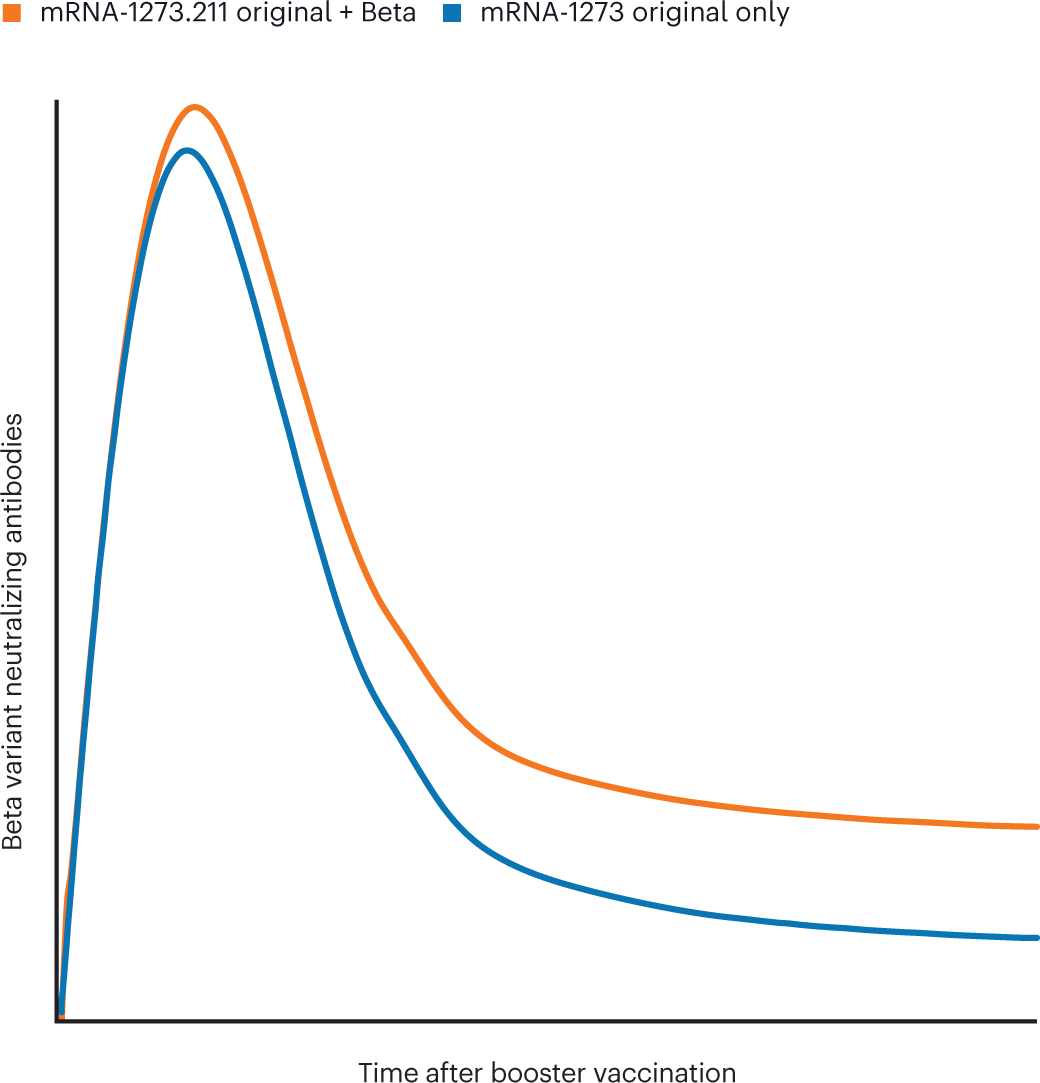Lab studies assessing the preliminary impact of our updated fall boosters are trickling in. (We don’t have “real world” data yet, and honestly, it may be a while.) In all, we knew boosters would help given circulating variants, but we didn’t know how much more helpful an updated formula would be. Here is the latest science and what it means in the broader context.
Purpose of the fall booster
As a reminder, our hope with updated boosters was that they would accomplish three things:
Greater protection against infection and transmission, by boosting our first line of defense—neutralizing antibodies;
Longer protection against infection and severe disease, even just by a few months;
Broader protection or the ability to create antibodies that “see” more virus parts and “attach” more strongly compared to the antibodies we have right now.
My previous science update showed that #3 is being accomplished, which is great news. We won’t know about #2 for a few months. (We are at the mercy of time.) New science out this week gives some insight on #1.
Impact on neutralizing antibodies
Two preprints were released this week (here and here) from two separate but respected labs in the U.S. Results swept mass media headlines. For example, an NPR headline stated: “Two new research papers cast doubt on the new COVID booster.”
What did the studies find? Do they really cast doubt on the booster?
Overall, both labs extracted blood from vaccinated and vaccinated + infected individuals 3-5 weeks after they received the fall booster. In a petri dish, the scientists measured how many neutralizing antibodies connected to subvariants once they were introduced. (They were not the new circulating subvariants, like XBB or BQ.1.1, unfortunately). Researchers found two things:
Neutralizing antibodies increased after the fall booster. Not surprising, but good to see.
Neutralizing antibodies were not higher after the fall booster compared to the original vaccine formula booster. Bummer.

Does this mean the fall booster isn’t working?
Absolutely not.
First, an increase in neutralizing antibodies will help prevent infection and transmission in the short term. The old vaccine formula did this. The new formula does this. It’s not a surprise and will help.
Second, these studies extracted blood 3-5 weeks after people got the fall booster. The timeframe is important given the intricacies of the immune system.
When we come in contact with a virus or get a vaccine for the first time, our immune system develops B cells, which are antibody factories. Each B cell makes a single antibody shape, and they can pump out huge quantities of antibodies if needed. If you come in contact with another variant (or another vaccine formula), B cells can evolve and modify the antibodies they create for a new variant. This is just like factories that can modify their product on the line.
When the immune system sees a threat (like a fall booster) it wants to clear the threat in the fastest way possible. Responses based on memory work fastest, so instead of modifying the factory line, B cells get to work pumping out antibodies of shapes they’ve seen before. This is called “B cell memory.” It’s not until later that the B cells update their factory line and start pumping out updated antibodies. Research shows that, for COVID-19, this factory update happens at about 2 months after exposure (here, here). So, as shown in the figure below, an updated booster’s benefit may be marginal in the beginning, but better over time.

Bottom line
The two preprints this week offered fantastic insight into the short-term impact of fall boosters. However, don’t be swayed by the headlines, as one or two preprints are not the whole story. We already have data showing the fall boosters provide broader protection. We have studies showing boosters boost neutralizing antibodies. We just may need time to see the full potential of an updated booster formula compared to the original.
Bottom bottom line
Go get your fall booster (when the timing make sense).
Love, YLE
“Your Local Epidemiologist (YLE)” is written by Dr. Katelyn Jetelina, MPH PhD—an epidemiologist, data scientist, wife, and mom of two little girls. During the day she works at a nonpartisan health policy think tank, and at night she writes this newsletter. Her main goal is to “translate” the ever-evolving public health science so that people will be well equipped to make evidence-based decisions. This newsletter is free thanks to the generous support of fellow YLE community members. To support this effort, subscribe below:





So disappointed in NPR . What a misleading, destructive headline.
Dr. Jetelina, Thanks again for the helpful update. If you can, I would appreciate your thoughts on whether we will continue to need additional boosters for COVID going forward and whether there may be any long term effects on the immune system with so many boosters. I have now received a total of 5 vaccinations at this point.